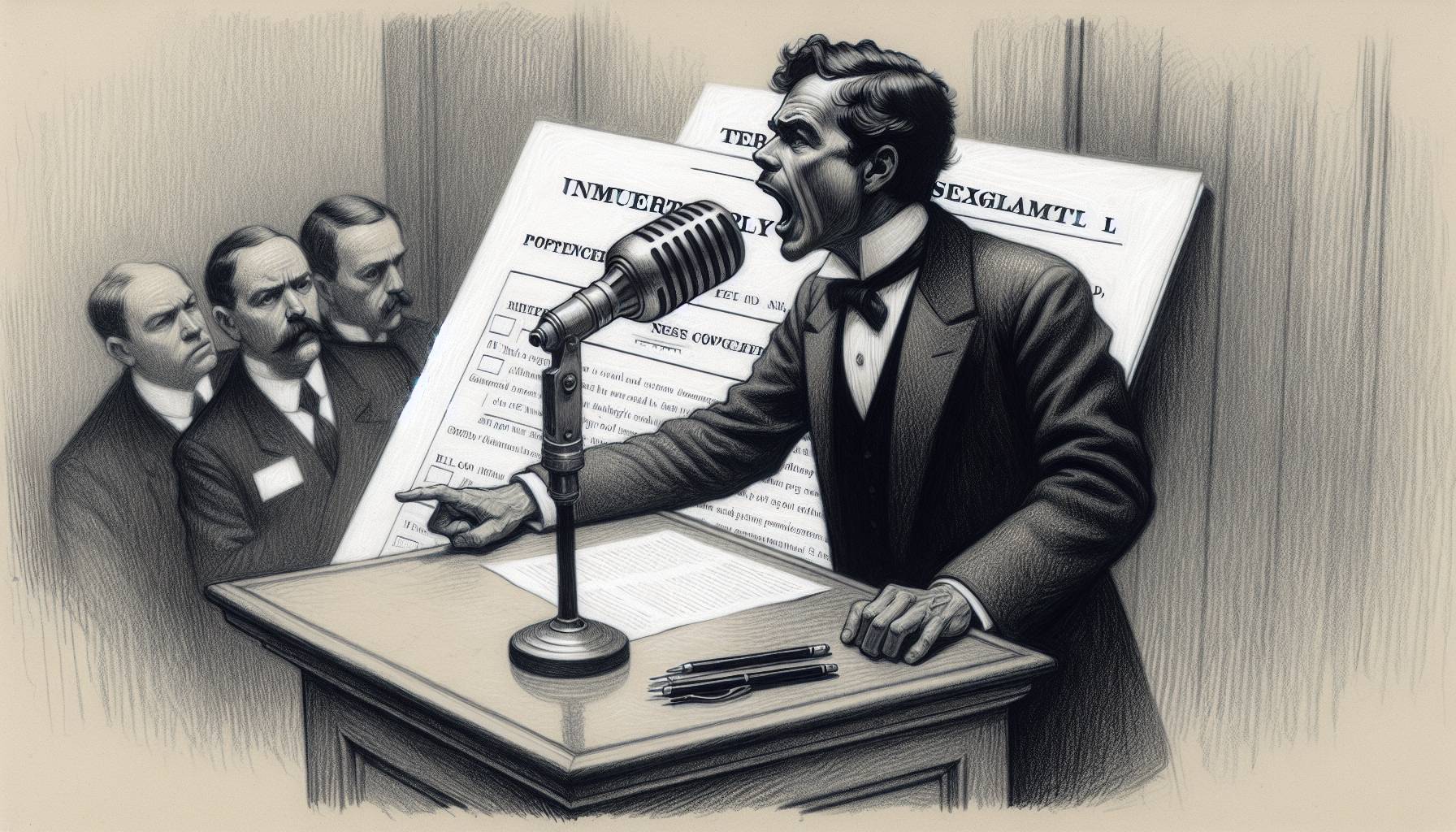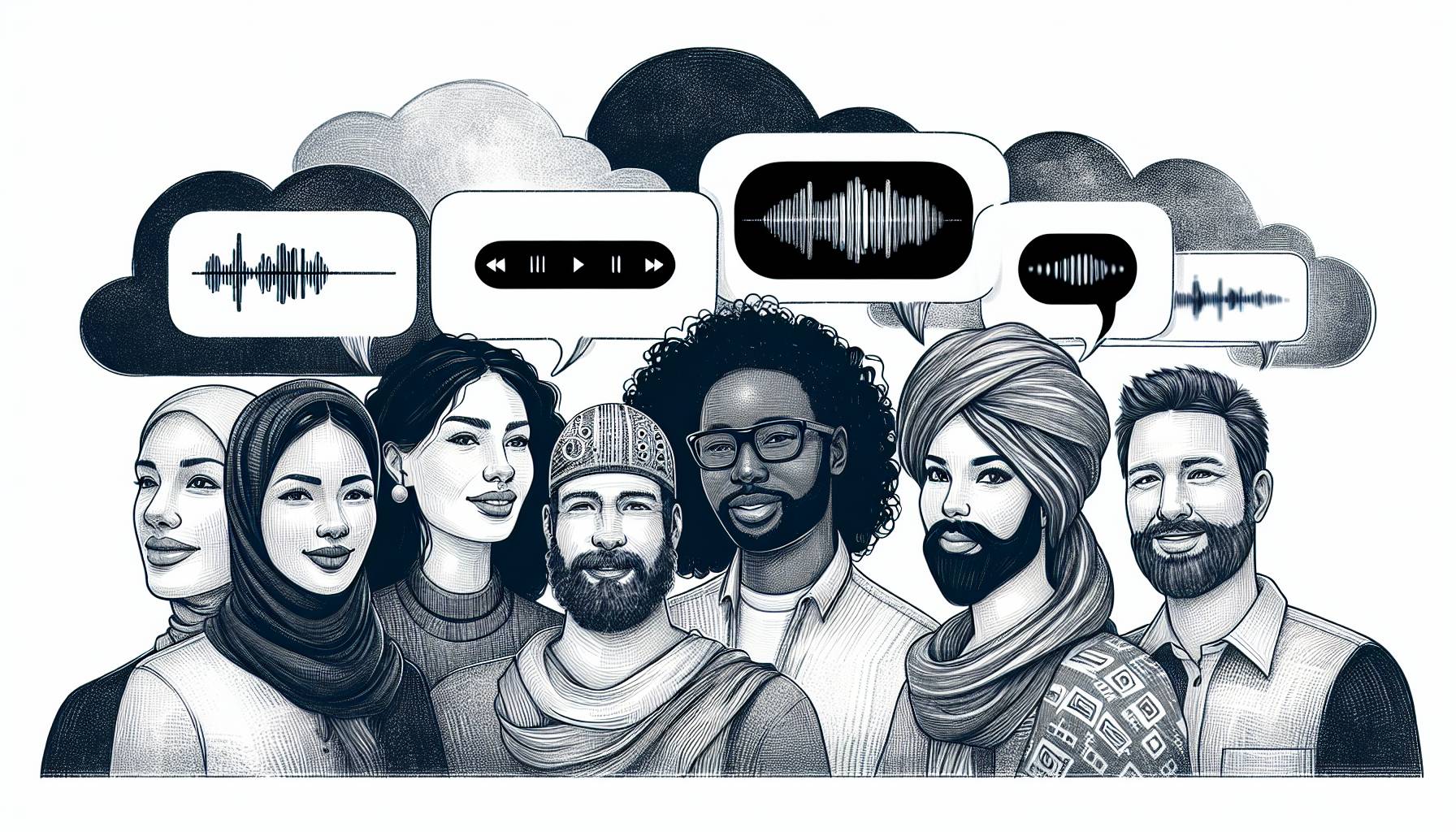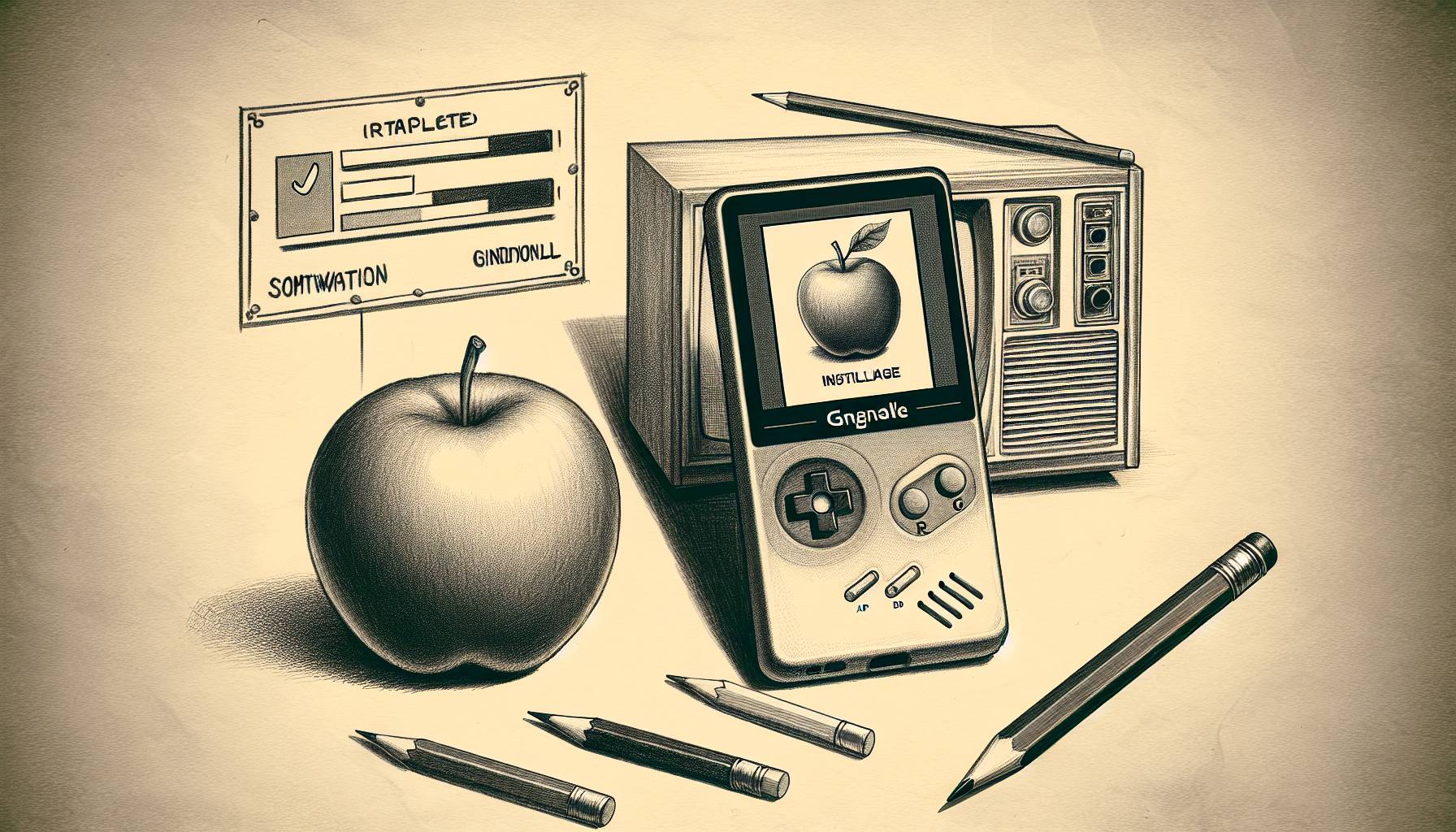The iPhone has defined the mobile application space since the launch of the iTunes App Store. Its success has spurred a new wave of innovation across other mobile phone devices.
Google created the Android Market platform to contend with Apple. With the Motorola Droid, it may now have its killer device. How does it compare to the iPhone?
Body Style
Motorola’s Droid has a heat-sensitive screen that is wide and thin for maximum space efficiency. Unlike the iPhone, the Droid screen slides upwards to reveal a full keyboard. Users of the Android-based G-1 device for T-Mobile already familiar with this device format would find more appeal in the sliding keyboard. On the other hand, iPhone users are likely so accustomed to the touch screen keyboard that they would scoff at the seeming bulkiness of any mobile device that slides.
The camera on the Motorola Droid is a 5 megapixel with flash, has 16 gigabytes on its memory card and a dual processor. This makes the Droid a bit speedier with higher resolution photos, which also utilize an autofocus feature. Coming out the door, the Droid also offers Flash support.
As to the speediness of the Droid’s mobile browsing and its ability to retain phone calls, I find that Verizon’s network typically offers better coverage than those questionable areas on AT&T’s network. As a customer of both mobile providers, I also find less surprises in my Verizon bill every month.
Set up and usability
As far as setting up your personal device, the Droid is quite simple. Register the phone and provide the default Google apps with your Google account credentials. As the iPhone comes with its own apps for things like mail, the intent behind simple mobile integration is parallel between Apple and Google. As a large number of customers already have accounts with Google, including Gmail, the set up process for consumers is easier for Droid users.
Home screens for the Motorola Droid mimic PC desktops, with more custom options and the ability to add sizable widgets. The iPhone still has a uniform approach to its home screen, with fewer options for users to make their devices their own.
The result of the Droid’s home screen, combined with the Google integrated Android platform, is a graceful experience of cross-app support. This simplifies the usability of Motorola’s Droid, enabling the platform to become the transit line for applications to work with each other. Such usability also comes in the form of toolbar accessibility for app and phone updates, with links that redirect straight to the app or service providing the alert.
In all, Apple’s iPhone is still a better-looking device and it still carries a certain sex appeal that can only be maintained by Apple products. The Motorola Droid has a handful of advantages for the device itself, but these advantages are not so proprietary that they could not be considered by Apple for a future iPhone release.












